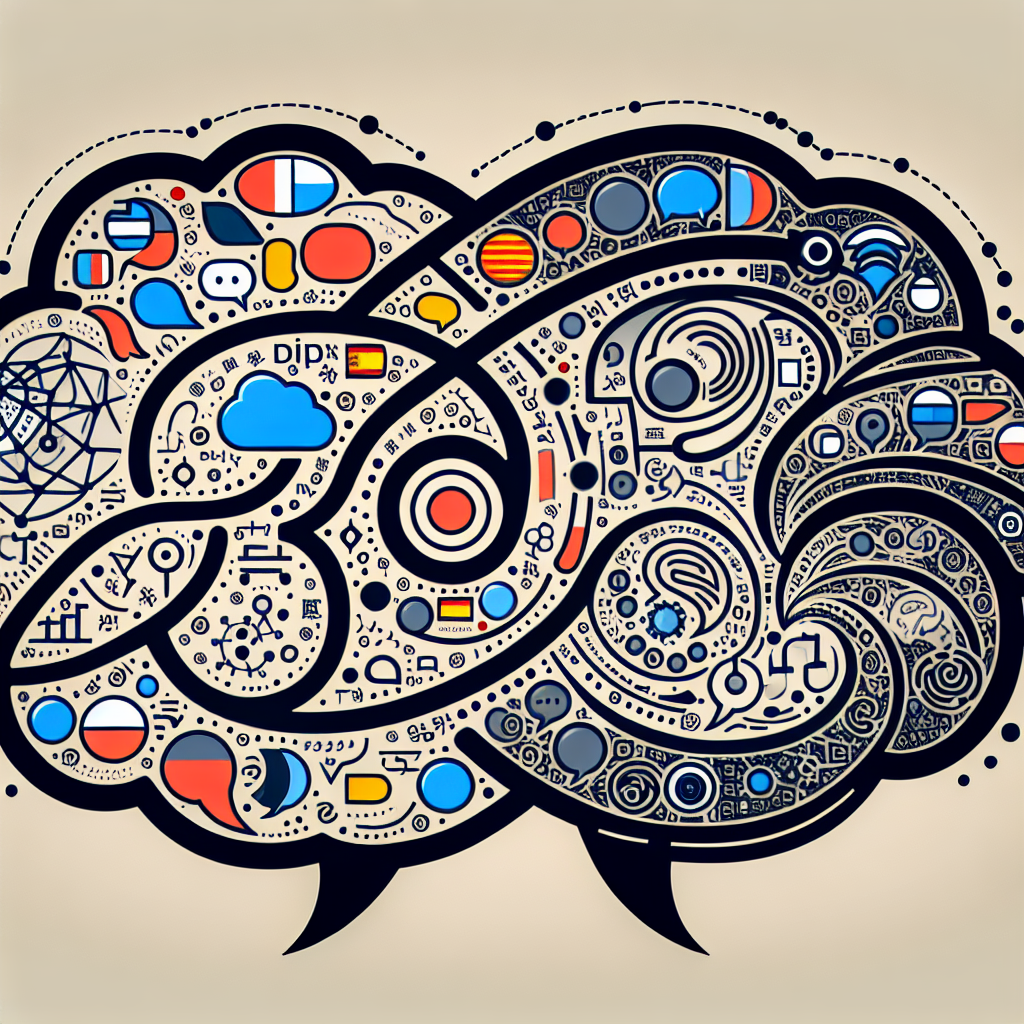Natural Language Processing (NLP) has revolutionized the way we communicate with machines, enabling computers to understand, interpret, and generate human language. One of the most popular applications of NLP is language translation, where computers are able to translate text from one language to another with a high level of accuracy.
NLP for language translation involves a combination of various techniques and algorithms to process text in one language and generate equivalent text in another language. This process involves several steps, including language identification, tokenization, part-of-speech tagging, parsing, and machine translation.
Language identification is the first step in the NLP pipeline for language translation. This involves determining the language of the input text, which is essential for selecting the appropriate language model for further processing.
Tokenization is the process of breaking down the input text into individual words or tokens. This step is crucial for further processing, as it helps in identifying the boundaries of words and sentences in the text.
Part-of-speech tagging is the process of identifying the grammatical category of each word in the text, such as nouns, verbs, adjectives, etc. This information is used to generate more accurate translations by ensuring that the words are used in the correct context.
Parsing involves analyzing the syntactic structure of the input text, which helps in understanding the relationships between words in a sentence. This step is essential for generating coherent and accurate translations.
Machine translation is the final step in the NLP pipeline for language translation, where the input text is translated into the target language. There are several approaches to machine translation, including rule-based, statistical, and neural machine translation.
Rule-based machine translation relies on a set of linguistic rules and dictionaries to generate translations. While this approach can be effective for simple language pairs, it is often limited in handling the nuances and complexities of natural language.
Statistical machine translation uses large corpora of parallel text in multiple languages to train translation models. This approach has been successful in improving the quality of translations, but it still has limitations in handling syntax and context.
Neural machine translation is the latest and most advanced approach to machine translation, which uses deep learning models to learn the relationships between words and generate translations. This approach has shown significant improvements in translation quality and is widely used in modern translation systems.
NLP for language translation has several benefits, including increased efficiency, accuracy, and scalability. By automating the translation process, NLP systems can handle large volumes of text in multiple languages, making it easier for businesses and individuals to communicate across language barriers.
In addition to language translation, NLP has also been applied to other areas such as sentiment analysis, speech recognition, and text summarization. These applications have further expanded the capabilities of NLP and are driving innovation in the field.
FAQs:
Q: How accurate are NLP systems for language translation?
A: The accuracy of NLP systems for language translation depends on several factors, including the quality of the training data, the complexity of the language pair, and the algorithms used. Neural machine translation models have shown significant improvements in accuracy compared to rule-based and statistical approaches.
Q: Can NLP systems handle all languages?
A: NLP systems can handle a wide range of languages, but the accuracy and performance may vary depending on the language pair. Some languages with limited resources and data may pose challenges for NLP systems, but ongoing research is focused on improving the capabilities of NLP for all languages.
Q: Are NLP systems capable of handling dialects and slang?
A: NLP systems are trained on standard language data, which may limit their ability to accurately translate dialects and slang. However, researchers are exploring ways to incorporate dialectal variations and informal language into NLP models to improve their performance in handling diverse language styles.
Q: How can businesses benefit from NLP for language translation?
A: Businesses can benefit from NLP for language translation by expanding their global reach, improving communication with international customers, and reducing translation costs. NLP systems can automate the translation process, allowing businesses to efficiently translate large volumes of text in multiple languages.
In conclusion, NLP has transformed the field of language translation by enabling computers to understand and generate human language with a high level of accuracy. With the advancements in neural machine translation and other NLP techniques, the capabilities of language translation systems continue to improve, making it easier for individuals and businesses to communicate across language barriers.

